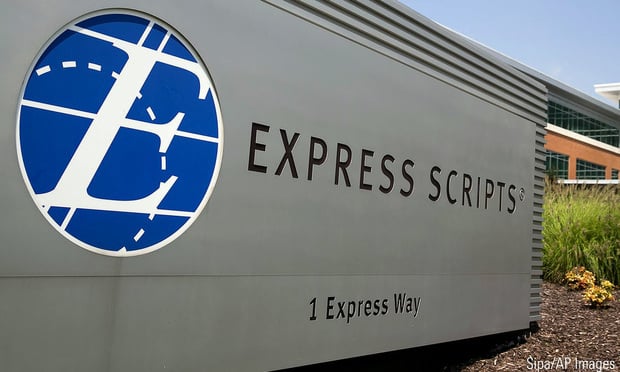Hawaii is preparing to shut down its Patient Protection and Affordable Care Act public exchange enrollment and administrative systems and transfer responsibility for operations to the U.S. Department of Health and Health Human Services.
The board of the state-based Hawai'i Health Connector exchange approved a shutdown plan Friday, and officials in the office of Gov. David Ige said it will be working with the Centers for Medicare & Medicaid Services to get the state into the HHS HealthCare.gov exchange network in time for the 2016 open enrollment period.
Recommended For You
Employers in Hawaii that want to get small-group coverage through the Small Business Health Options Program (SHOP) will have to buy the coverage through brokers, or directly from the insurers.
The 2016 open enrollment period is set to start Nov. 1, 2015 and end Jan. 31, 2016.
Managers of the state-established exchanges in Nevada and Oregon have already responded to technical problems by shifting to use of the HealthCare.gov exchange system, rather than homegrown systems.
Like those states, Hawaii would have a "supported state-based marketplace" — an exchange established and backed by its state, but operated by the HealthCare.gov team.
Hawaii had been trying to operate a state-based exchange to protect its Prepaid Health Care Act program, which requires most employers to provide health benefits for workers who work at least 20 hours per week. PPACA imposes penalties on employers that fail to provide health benefits for workers who work at least 30 hours per week. Some in Hawaii say that shutting down the state-based exchange will hurt efforts to enforce the tougher state rules.
Supporters of the decision to shut down the exchange operations say Hawaii has a small population and a small number of uninsured people, and that exchange managers and their contractors had trouble getting exchange systems up and running.
Hawaii exchange officials told state lawmakers earlier in the year that the exchange would need about $5.4 million to operate in 2016. Lawmakers approved only $2 million.
Officials say CMS has about $70 million it can use to help the Hawaii exchange unwind its operations. Exchange managers believe CMS will provide funding to support the transition once the exchange submits a detailed, itemized budget, according to a board meeting packet document.
The exchange now has 33 full-time equivalent (FTE) employees and 29 temporary employees.
The current staff reduction plan calls for the exchange to let all of the temporary employees go by July 1, to reduce the number of FTEs to 13.5 by Jan. 1, to eliminate all exchange jobs by May 1.
© 2025 ALM Global, LLC, All Rights Reserved. Request academic re-use from www.copyright.com. All other uses, submit a request to [email protected]. For more information visit Asset & Logo Licensing.







